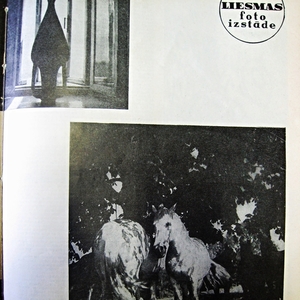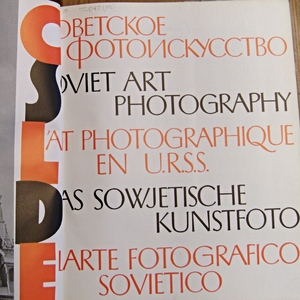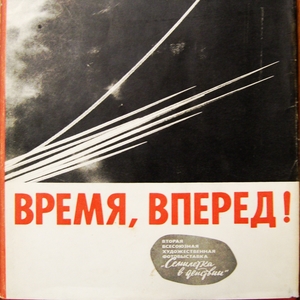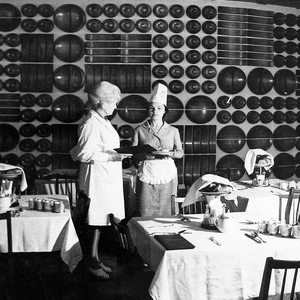“Five Sentences about Soviet Art,” Dizaina Studija 29, no.2 (2011): 68-70.




Because Latvian art from the Soviet era is at the center of my academic research, I regularly encounter questions which are yet to be explained and solved. To what extent do the artworks from this era display a “Soviet” influence, how much is there of “Latvian” art, and how much is there simply “art”? Should the fact that photography at this time was included in the field of “amateur art” be the defining factor to continue interpreting it as "amateur" from today's perspective? Is it necessary to have a broader insight into the institutional structure of Soviet art and into (no doubt ideological) texts about Soviet art published in the press of that time? Or, alternatively, is it better to have a distanced outsider’s view concentrating only on the artworks themselves, rather than the circumstances of their making? Should we call the era in question the “Soviet period”, or perhaps it is enough to simply mention the decade in which the work was made? But isn’t it also important to remember that it was made under Soviet rule, which resulted in self-censorship and the inhibition of information exchange, personal movement and other restrictions?